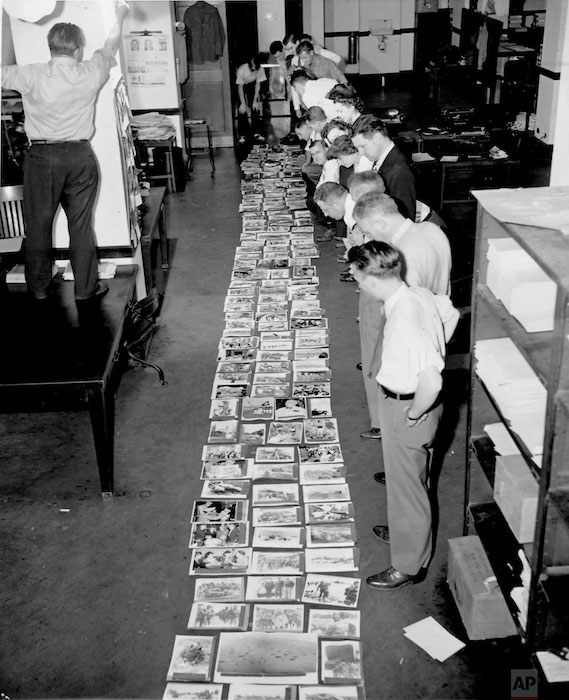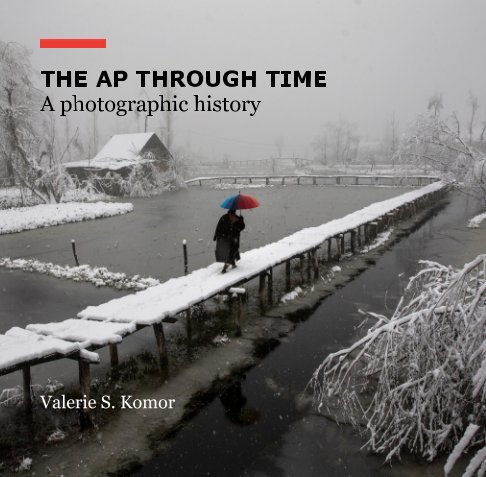
Staff in the AP’s Washington, D. C. Bureau viewing the layout of 153 pictures sent by Washington over Wirephoto during the first four and a half days of the D-Day invasion, starting June 6, 1944 through June 10th, 3:30 P.M. During that same period all other points combined sent only 111 pictures. (AP Photo/Corporate Archives)
The photo above has been kindly supplied by Francesca at the Associated Press archives as I wanted to highlight the great history posts they have created to celebrate they agency’s 175th Birthday.
The image is from Part 4: Modernity, 1926-45 by PPHP friend Valerie S. Komor, Director, AP Corporate Archives.
‘No one had more ambitions for the Associated Press (or, it must be said, for himself) than Kent Cooper. Joining AP in 1910 at age 30, he rose from head of traffic to assistant general manager, succeeding Frederick Roy Martin as general manager in 1925. Special correspondent Hal Boyle would call him a “tradition-smasher” and an “applecartupsetter.” He was both.’ ….
…. Wirephoto came into its own during World War II, as newspapers clamored for pictures from the front. And the expansion of AP’s presence in Europe after 1934 (when AP gained the right to do its own reporting instead of relying on the European agencies) made it possible to contend with the sudden avalanche of war news. Pre-war wordage from all cables had been about 18,000 words transmitted daily. On September 1, 1939, the day Hitler invaded Poland, that number rose to 41,000 in a single day. ….
….Read on here
AND! a new book ‘The AP Through Time: A Photographic History’ – a concise photographic history of the Associated Press. Organized into eight segments chronologically, it draws on AP’s corporate archives and its vast news photography archives to chart the evolution of AP governance, technology and newsgathering mission over 175 years – also by Valerie S. Komor – is available here
